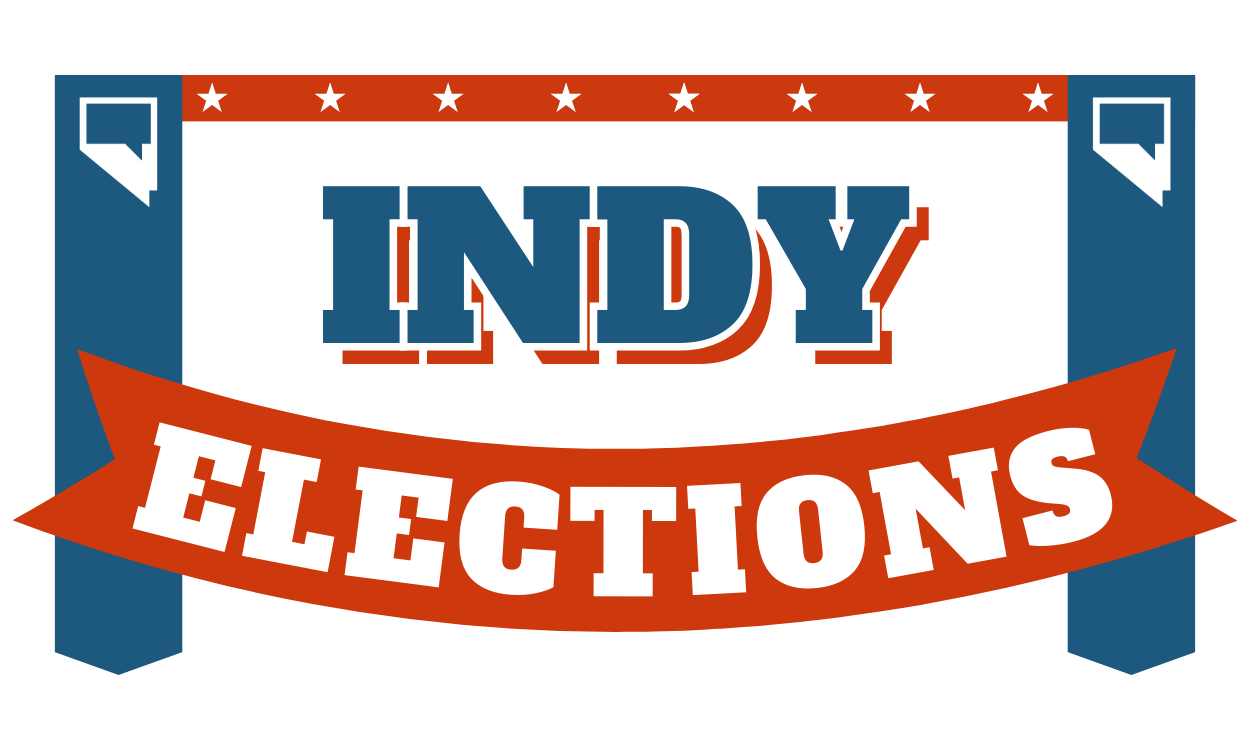How will Democrats' tough 2024 Senate map affect Jacky Rosen?

In the fall of 2022, all eyes were on Nevada. As Sen. Catherine Cortez Masto (D-NV) and her allies crisscrossed the state, she was flanked by reporters from national outlets narrowed in on the race they were convinced would decide the Senate.
The New York Times called her “the most politically endangered Democrat incumbent.” FiveThirtyEight’s Nate Silver said Nevada could be Senate Republicans’ “ace in the hole” and ranked it as their best pickup opportunity.
National Democratic groups responded accordingly. Through Election Day, the Democratic Senatorial Campaign Committee (DSCC) spent $10 million in Nevada, the most it spent in any state. Senate Majority PAC, the Democratic super PAC spending machine aligned with Senate Majority Leader Chuck Schumer (D-NY), dropped more than $29 million in Nevada, an amount second only to its spending in Pennsylvania.
The investment was well-placed. Cortez Masto won by less than a point in what proved to be the closest Senate race in the country. Outside spending in Nevada’s Senate race nearly eclipsed $123 million, the third-highest spending total nationwide that election cycle in a state with a much smaller population than the two other marquee political battlegrounds.
The 2024 cycle, by contrast, will require Senate Democrats to defend seven competitive seats, including in states where they have become endangered species. Given the larger map, will Nevada still matter?
The 2024 map
Republicans have not won a federal statewide election in Nevada since 2012, but Cortez Masto’s nailbiter victory and the state’s distinction as the only blue-to-red gubernatorial flip last cycle have proved that the Silver State is still solidly purple.
But Cortez Masto was running in a year where Democrats were on the offense, with few swing state incumbents to defend and multiple pickup opportunities in Pennsylvania, North Carolina, Ohio and Wisconsin.
In 2024, Sen. Jacky Rosen (D-NV) is running for her second term in a presidential cycle where Democrats are playing defense — a map on which Rosen is fighting for resources and attention from far more colleagues than Cortez Masto faced two years ago.
Strategists and donors’ eyes are on Nevada this year. But they will also be on Montana and Ohio, where Democratic incumbents are fighting for their political lives in red states. Four other presidential battlegrounds also have high profile Senate races in Arizona, Michigan, Pennsylvania and Wisconsin. Plus, national Democrats are going on offense in Texas and Florida, convinced that uniquely unpopular Republican incumbents in each state make for potential pickups.
And even some ostensibly safe Democratic seats will now require national investment. Popular former governor Larry Hogan (R) is running for an open seat in Maryland, meaning Democrat-aligned groups will have to direct more money to the Old Line State. And their standing in New Jersey is somewhat muddled by the negative attention Sen. Bob Menendez (D-NJ), who has still not said whether he will run again, has garnered after being federally indicted on corruption charges.
Early budgetary signs show that Nevada is as critical to Democrats’ plans as any other swing state. Senate Majority PAC’s (SMP) first ad reservation announcement in late January included just Montana and Nevada. The well-funded group is spending $36 million in the state.
Democratic strategists categorize Senate races into red states, presidential swing states and pickups, placing Nevada in a swing state group with Arizona, Michigan, Pennsylvania and Wisconsin. Among its peers, Nevada — despite only having two media markets — is receiving the second-most amount of money; SMP is sending $42 million to Pennsylvania to defend Sen. Bob Casey (D-PA), $23 million to Arizona, and $14 million apiece to Michigan and Wisconsin.
So far, tracked outside spending in Nevada’s 2024 Senate race is at just $1.7 million, with almost all of the money going to support veteran Sam Brown, Rosen’s most likely general election opponent.
Rosen herself ended 2023 with more than $10.6 million in the bank, the highest total of any Senate Democratic candidate in a presidential swing state. Cortez Masto, herself a prodigious fundraiser, made a record-breaking $10 million ad reservation in March of 2022.
David Damore, a political scientist at UNLV, said Democrats’ expansive map might affect Rosen “at the margins,” but that he expects Nevada, with competitive races up and down the ballot, and Democrats’ ability to reach the vast majority of the state’s likely Democratic voters in just two media markets, will remain a highly attractive investment for outside spending.
“There's not a dearth of money out there,” he said. “Particularly the outside money, and the latitude those groups have to raise and spend it.”
The Republican equivalents of those groups — the National Republican Senatorial Committee (NRSC) and Senate Leadership Fund — have yet to announce ad reservations. A national GOP strategist familiar with the race, granted anonymity to speak freely, said Nevada is one of their top priorities this cycle, given that they believe the state is trending Republican, the party has a preferred candidate who has shown fundraising prowess and that Rosen, unlike some other senators they’re trying to defeat this cycle, has relatively low name recognition in their polling.
Polling has been relatively sparse at this point in the cycle, but those that have been conducted find Rosen slightly leading Brown. Near this point in the cycle in 2022, polling on the race between Cortez Masto and opponent Adam Laxalt was highly variable, ranging from finding Cortez Masto with an 8-point lead to Laxalt holding a 3-point advantage.
With retiring Sen. Joe Manchin (D-WV)’s seat sure to flip to Republican control, Democrats need to defend every other seat they currently hold in order to have a 50-50 Senate. They have no margin for error — every race is critical.
While still early in the cycle, the DSCC has included Nevada in its two major commitments thus far — funding on-the-ground staff focused on “Republican accountability” and opening a command center office in the state. Nevada is one of just five states that received that support.
All in on Rosen
National Democratic strategists said they have no doubt that Nevada will be a “highly competitive” race and plan to spend in the state with that reality in mind.
At this point in the cycle, the Rosen campaign believes national Democratic groups’ actions reflect their belief in Nevada’s status as a top tier race. A Democratic strategist who is familiar with the campaign and was granted anonymity to speak freely said they expect Rosen to receive similar outside resources to Cortez Masto, and that in conversations among Democrats, Cortez Masto’s slim margin comes up frequently.
Democrats’ wide-reaching map is reflected in the makeup of Rosen’s donors, many of whom also give to Sens. Jon Tester (D-MT), Sherrod Brown (D-OH) and Casey — demonstrating that big-money Democrats consider Rosen’s race to be of similar importance to those of her peers.
DSCC chair Sen. Gary Peters (D-MI) said he believes Rosen will win on the strength of her record and campaign organization. But he added that Democrats’ campaign arm is not taking chances with any of its incumbents.
“I'm always of the school of thought that you take every race very seriously and you work really hard,” he said.

